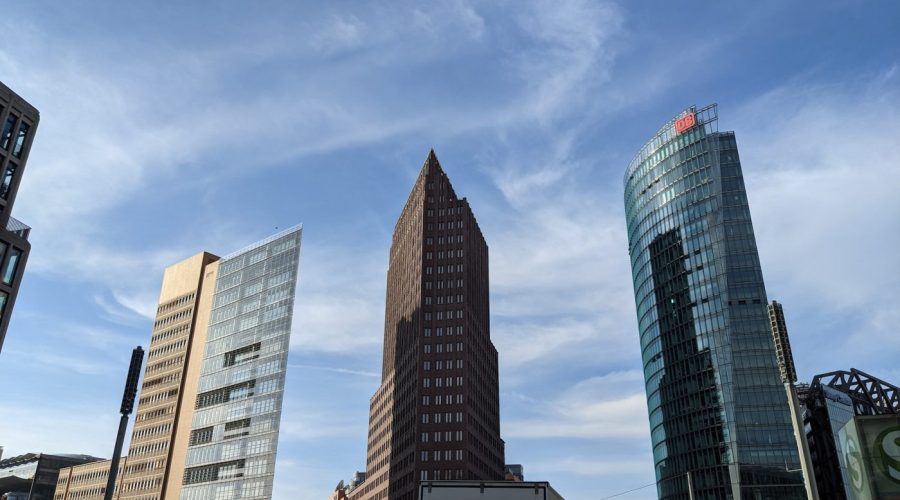How can you create an inclusive walking tour in Berlin?
In a diverse city like Berlin, it is crucial when organizing a walking tour to guarantee your tour includes everyone. In this piece, we look at the main points to think about when developing an accessible walking tour of Berlin, ensuring that all visitors can have an equal and rich experience of the country’s history and culture.
1. Research and Plan
The first step is to do in-depth research and educate yourself on Berlin’s history, its monuments, and its many communitie. This will allow you too plan for an inclusive itinerary, and see points of interest that might appeal to a variety.
Think about partnering with local groups and community members so you can get important information and make sure you’re accurately showing different cultures and experiences from around the city.
2. Accessibility
Accessibility should rank number one when creating an inclusive walking tour. 剪裁注意以下几点:
2.1. Physical Accessibility
Choose trails for people with disabilities. Avoid regions where slopes run high or ground’s uneven and no access for wheelchair. Keep in mind that there might be any possible limitations, e.g. are of the buildings and the crowded streets.
2.2. Audio and Visual Accessibility
Offer audio descriptions and visual aids for the sights and points of interest along the tour. Along these lines, this can be useful for those who are visually impaired. You can also have handouts or mobile apps with written information for those who have a hearing impairment.
3. Inclusive Narrative
The storytelling from the walking tour should include inclusivity, and everyone has got to feel they’re being told their story – including those often left out of the mainstream narrative. Remember the following:
3.1. Diverse Perspectives
Highlight stories and experiences of different cultural, social, and historical perspectives. Highlight the role of ignored communities, women and minority groups in Berlin’ s history. Confront stereotyps und fördern ein differenzierteres Bewusstsein für die Stadtgeschichte.
3.2. Language Considerations
Know there are language barriers and have translations or interpretations for non-English peoples. Think about hosting tours in several languages, or using translation devices so that everyone can participate fully with the content.
4. Engaging Activities and Interactions
To add some fun and interactive elements to your walking tour allow participants to engage with the local culture:
4.1. Food Tasting
Go past some local restaurants to give participants a sample of Berlin’s vast variety of food scene. Make sure to accommodate different dietary needs by having vegetarian, vegan, and options free from allergens.
4.2. Cultural Workshops
Conduct short workshops or performances on traditional art, music or dance. This enables participants to experience and learn about cultural practice in real and active ways in Berlin.
5. Feedback and Continuous Improvement
Help promote feedback from tour participants to understand where you can improve and maintain inclusive experience continuously. Allow participants to have a way to express their thoughts and idea’s, such as feedback forms or online reviews.
When thinking about these main points and trying to produce an accessible walking tour, you can establish a very interesting experience for your visitors in Berlin where they learn and enjoy the historical richness of the city and theirsself feeling part of it, regardless of their own race and able-bodied background.
Table of Contents



